6 Most Important Features of a Virtual Event Platform in 2022
After two years of online events and using event platforms, virtual event attendees have become increasingly familiar with virtual event platforms and their functionalities. For organizers, selecting the right event platform for your virtual event is one of the most important decisions of your event planning process. Many factors influence the choice of an event platform, but unfortunately, attendees’ needs can be overlooked by event organizers in favor of backend functionalities and reporting features.
While it’s important for eventprofs to have data analysis and automation, it shouldn’t come at the cost of your attendee experience. Besides, if your attendee experience is poor, those figures are meaningless! Be sure to weigh the combinations of features carefully, and don’t leave your participants behind.
Thankfully, there are more eventtech platforms on the market than ever before, offering a wide range of features to choose from. To ensure your attendees have the best experience possible at your virtual or hybrid event, there are some important features of your event platform that can provide an outsize impact on your participants.
Here are 6 key features of a virtual event platform that are indispensable to keep in mind when choosing a platform to create a memorable attendee experience.
1- A calendar integration
You would think that having a calendar integration is a given in 2022, but actually, many event platforms do not automatically provide this feature. Sometimes when calendar integration is offered, it is only compatible with a select handful of applications. And yet, what is more annoying for your participants than to manually block the time in their calendar for each session they want to attend? Having a calendar integration linked to your event agenda makes your event participants‘ life easier and increases attendance at your virtual event! This integration also provides greater control over the experience and allows them to drop in and out, depending on the sessions that interest them.
2- Good networking features
Serendipity and creating connections with other attendees is key to any successful event. When using a virtual event platform, it is important that networking features are easy to navigate and access. Many platforms have matchmaking algorithms based on AI technology to help your audience connect with people with similar interests. If a provider offers AI-enabled “smart” networking, be sure to ask some important questions. Make sure that the parameters that allow for good matchmaking are the right ones for you and your event.
To encourage networking during your event, ensure your virtual event platform is opened early for attendees. This way, they can take their time to fill in their profile, select their center of interest, and begin networking before the start of the event. Don’t forget: most of the networking is done before or after your event.
The more detailed profiles that appear on the platform are more likely to generate more conversations between your attendees. Some platforms offer integrations with social media platforms such as Linkedin and can generate profiles automatically, sparing your attendees from taking the time to fill in all of their details.
3- Optimized Sponsors and Exhibitors space
Your sponsors and exhibitors are a big part of ensuring your event is a success. Don’t let their presence on your chosen event platform be an afterthought. Ensure virtual booths are easily accessible and can be attractively designed with appropriate branding and imagery. These features should be easy to design, change and update by your partners and exhibitors themselves, allowing them to manage their booth or digital exhibition space independently. If there are restrictions on image size, format, color, and upload quality, be sure that these are clear beforehand. Remember, their satisfaction is just as important as that of your attendees.
Then, consider how your platform drives attention and traffic to your sponsors and exhibitors areas. . For large-scale virtual events with a great number of exhibitors and sponsors, you’ll also need to explore virtual event platforms that offer filtering features, so your attendees can easily navigate between the exhibitors’ booths and identify those that are most relevant. Put yourself in your attendee’s shoes when evaluating different options for digital exhibition spaces. Are they attractive to look at? Do they inspire exploration and encourage visitors to linger? If these spaces are difficult to navigate and unattractive to look at, they will not invite your participants to spend much time or attention on these areas of your event platform.
Making sure that your sponsors’ and exhibitors’ booths are ready with all the content needed is your responsibility as an event planner. Ideally, during the event’s organization, offer some workshops to coach your exhibitors on how to make the most of their online presence.
4- Engagement features
Great online event experiences focus on interactivity and engaging with your community. Having a chat feature alongside your live stream is a great opportunity for your audience to connect with each other but also with your brand and speakers. Take care in staffing these virtual spaces. Members of the organizing team should be visible in each of the chat sessions to encourage discussion and moderate sessions. They can relay attendees’ questions, offer guidance and make sure that the audience feels listened to. Importantly, they can encourage and assist participants in using additional engagement features you may have chosen. While chat, polls and discussion tools remain important, there are many more engagement features that platforms can enable outside of your agenda sessions to make your event more interactive, and bring all of your participants together. These include polls, contests, social walls, and leaderboards for attendees to encourage participants to make the most of the entire event platform. When evaluating different eventtech platform alternatives, take a look at how third-party tools can be integrated into your virtual event platform to help you gamify, and expand your event. Having great engagement features is important to help you build (and sustain!) a community around your event.
5- Customization and Branding Options
Custom branding your event’s digital spaces is important for your brand, but it’s key to creating a unique and distinctive experience for your event attendees. No one wants to join an “event” that looks and feels like just another social media platform. By choosing a platform that allows organizers the choice to create an attractive and memorable interface, it lets your attendees immerse themselves in your brand universe. By design, your participants will associate their event experience with your brand and create familiarity with your brand colors, logo, and style. It’s a great way to build connections and increase brand loyalty. Ideally, you’ll also want the studio where you’re livestreaming from to have a branded stage as well, so your brand’s visual identity is also reflected on-screen.
The amount of customization that platforms offer can vary significantly, and can be associated with additional costs. When selecting the right online event platform to host your event, do not overlook this key feature!
6- Mobile friendly event platform
One of the most important benefits of holding an entirely virtual or hybrid event is the flexibility it provides your attendees to participate remotely. But it is unrealistic to expect your remote attendees to sit at their desks and watch your event on their computer screen for the entire duration of your event. Some are on the go and want to check in for one session or may not have access to a laptop. This is why you want to select an event platform that is optimized for both desktop and mobile devices. Be sure to provide your attendees alternatives in how they can attend digitally. The more options you provide, the higher your participation will be.
The need to be mobile friendly is becoming even more and more important with the rise of hybrid events: you’ll need your in-person attendees to have a way to connect with your online audience. For those on the go, the easiest way to do so is from their mobile devices on-site. But here, organizers should consider just how they use their phones to connect– either through a browser or a mobile app.
For many, platforms that work on mobile web browsers and do not require app downloads are faster and preferable to downloading a new app. But not all eventtech platforms are well optimized for the mobile web. Be sure to test mobile browser compatibility and accessibility when evaluating alternatives. Others lack mobile web capability entirely, requiring a mobile app to access the event away from a computer. Mobile apps can be great for accessing events on the go, but be sure to know your participant preferences beforehand. Especially if it would require a mandatory mobile download for your attendees to participate. Whether it’s by choosing a virtual event platform that has a mobile event app or by choosing one that is compatible with a mobile browser, make sure you make the right choice to allow all your attendees to have the best experience.
The Bottom Line
In 2022, most eventtech platforms have grown to include many features to elevate your attendee’s experience and make your job as an organizer more actionable and efficient. When evaluating platforms for your online event, it’s important that you keep the right “customer” in mind– and put your participant experience first. While you should always consider virtual event platforms that allow you, as an event organizer, to have great reporting and data analysis, when weighing alternatives do not overlook essential features that help make your attendees’ experience unique.
If you’re looking for a list of eventtech platforms for your next virtual event, check out our Eventtech Directory. You’ll find many virtual event platforms, networking tools, streaming solutions, and more that are great to get started on producing a virtual or hybrid event.

Written by:
Clélia Morlot
PIRATEx Digital Marketing Manager


